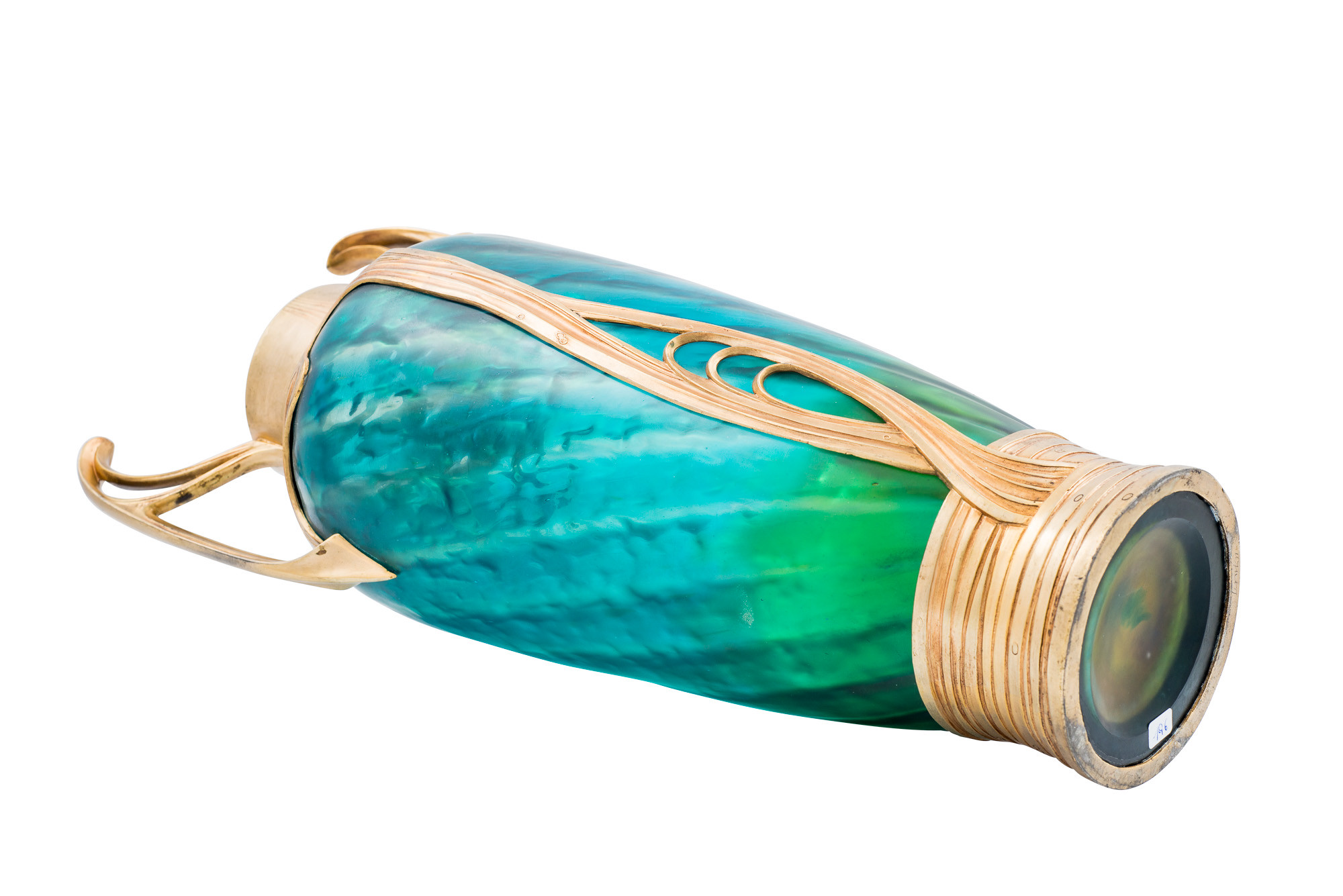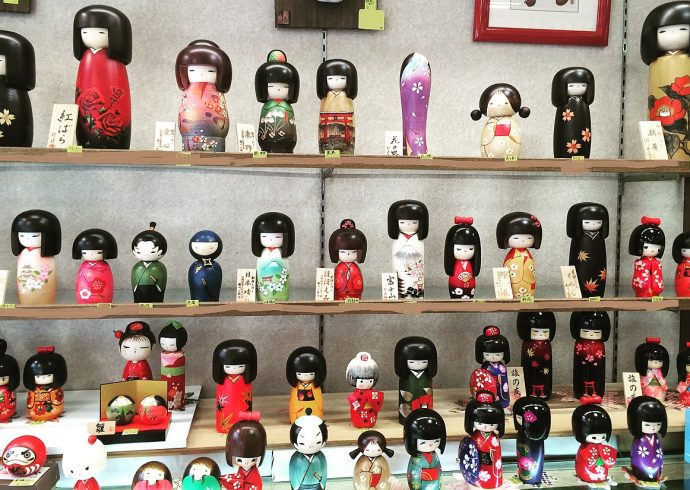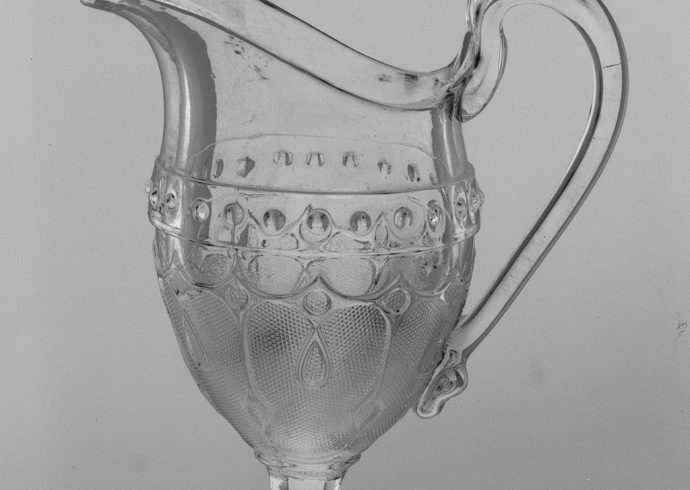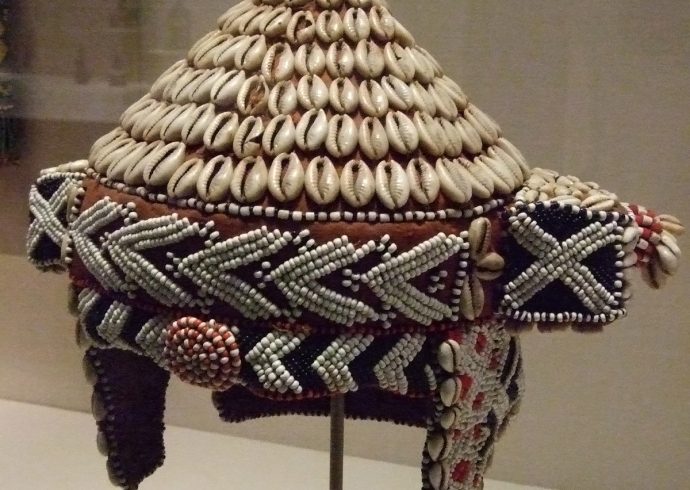
Crystallery de Pantin glassware
Founded in 1850 by E. S. Monot in France, glass manufacturer of Crystallery de Pantin produced a wide variety of glass for everyday use: glass tubes, beakers and vials for chemical use; crystal goblets and cups for dining use; and chandeliers. As the company grew, so did its line of glassware for the home in the form of art glass. The company employed about 400 people at the height of its success in the 1870’s to 1900.
One popular form of art glass was iridescent bi-colored glass. For example, blue and green were combined to create this effect; also cranberry red and mustard yellow. Another vase is of iridescent gold with a cameo design of two large yellow-orange flowers with pale green stems and leaves.
Paperweights were another form of glassware manufactured by Crystallery de Pantin between 1870 and 1880. Some of the lampwork designs were unique to the company and may be startling to modern connoisseurs of antiques paperweights. These designs often looked like the real thing trapped in a globe of glass: silkworms, salamanders, snakes, and squirrels. One more appealing design was the lampwork rose. Crystallery de Pantin also manufactured millefiori paperweights during the 1890’s to early 1900’s. None of these paperweights are signed but were identified through a catalog from the 1878 Paris Universal Exposition.
Monot retired in 1889, succeeded by Camille Trutié de Varreux as the new art director in 1907. Between those two years, the company went by three different names: Monot et Cie, Monot Father and Son & Stumpf, and Stumpf, Touvier, Viollet. Under de Varreux, the glass manufacturer created Art Nouveau in the form of multilayer vases, bowls, lamps, and etched ornaments. Many of these pieces were made and signed by Emile Thiaucourt. One notable design is an acid etched design of pink flowers, moss green stems and leaves on a white opalescent vase. Another eye-catching vase from this time period is a white iridescent vase with etched pink wild morning glories, a butterfly and dragonfly, complete with a satin finish.
Stumpf, Touvier, Viollet closed at the start of World War 1 in 1914 but reopened in 1919, specializing in the production of industrial printed glass thereon. By the time the company reopened, it had merged with Legras & Cie and continued manufacturing glass until its closure in 1925.
Image Credit: Kunsthammer Kunsthandel Kolhammer, via Flickr.


